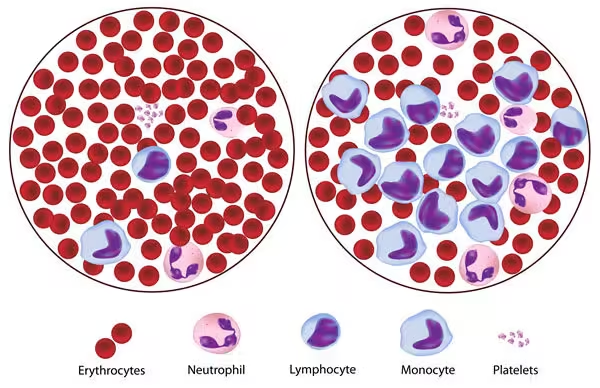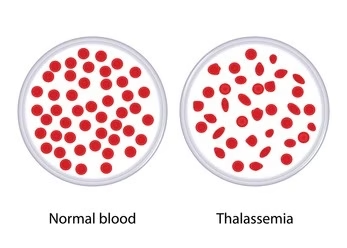
AIM: Determination of Erythrocyte sedimentation rate (ESR) Principle The ESR is based on the principle of gravity and the aggregation tendency of erythrocytes. In normal blood, erythrocytes have a negative Read More …
Simplifying Allied Health Learning.

AIM: Determination of Erythrocyte sedimentation rate (ESR) Principle The ESR is based on the principle of gravity and the aggregation tendency of erythrocytes. In normal blood, erythrocytes have a negative Read More …

AIM: Determination of Hemoglobin Principle of Sahli’s method When blood is added to 0.1 N hydrochloric acid, hemoglobin is converted to brown colored acidhematin. The resulting colour after dilution is Read More …

Determination of Malaria Parasites The thick blood smear concentrates Plasmodium parasites, making them easier to detect, while the thin smear allows detailed examination of the parasite’s morphology for species identification. Read More …

Principle Blood smear preparation is used to examine blood cells under a microscope. It allows for the evaluation of the morphology of blood cells, identification of abnormalities, and determination of Read More …

Determination of abnormal hemoglobin by various methods Electrophoresis is based on the principle of charge-to-mass ratio of molecules. Hemoglobin molecules are proteins that carry a charge, and when an electric Read More …